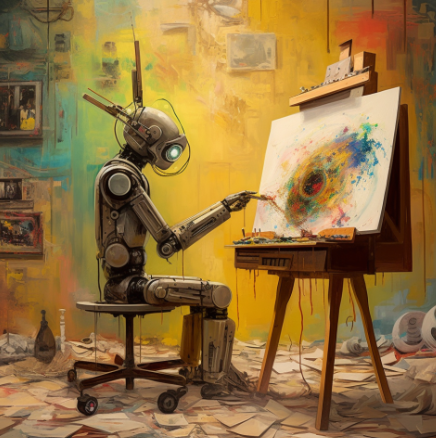Artificial Intelligence Painting: The Fusion of Art and Technology
In recent years, artificial intelligence (AI) has not only transformed industries; it has also revolutionized the art world. AI painting combines innovative algorithms with creativity, allowing machines to produce artwork that challenges our perceptions of creativity and talent. As we explore this exciting intersection of technology and art, we can appreciate both its implications and its possibilities.
The Evolution of AI Art
Artificial intelligence in painting has come a long way since its inception. Early AI systems were primarily rule-based and could only create images using predefined styles. However, with the advent of deep learning and neural networks, AI can now analyze vast datasets of artwork, learning various styles and techniques. One remarkable example is DeepArt, which allows users to upload their photos and transform them into masterpieces styled after famous artists. This evolution not only showcases AI’s potential but also sparks conversations about authorship and originality in art.
The Creative Process: How AI Paints
Despite being machines, AI systems can replicate human creativity in surprising ways. They utilize algorithms to identify patterns, colors, and compositions, simulating the artistic process. For instance, Generative Adversarial Networks (GANs) pit two neural networks against each other to create stunning images that resemble human-created art. The AI begins with random data and refines its work through trial and error, much like a human artist. This process raises fascinating questions about what it means to create art and who qualifies as an artist in this new landscape.
The Impact on Artists and the Art Market
The rise of AI painting has significant implications for both artists and the broader art market. On one hand, it introduces new tools and inspiration for artists, allowing them to explore uncharted territories in their work. Some artists collaborate with AI to extend their creativity, using it as a tool rather than a competitor. On the other hand, the emergence of AI-generated art has thrown the traditional art market into uncertainty, with discussions around authenticity and valuation becoming more complex. Collectors and art enthusiasts are now faced with deciding what artistry means in an age of AI.
As we stand at the intersection of art and technology, AI painting offers exciting new opportunities while challenging our conventional understandings of creativity. From assisting artists to reshaping the art market, the potentials are vast and varied.
In conclusion, the world of AI painting is just beginning to unravel. Whether you’re an artist, a collector, or simply curious, now is the perfect time to explore this fascinating field. Discover how AI can influence your own creative journey or delve deeper into the discussions surrounding art and technology’s collaborative future. Happy exploring!

